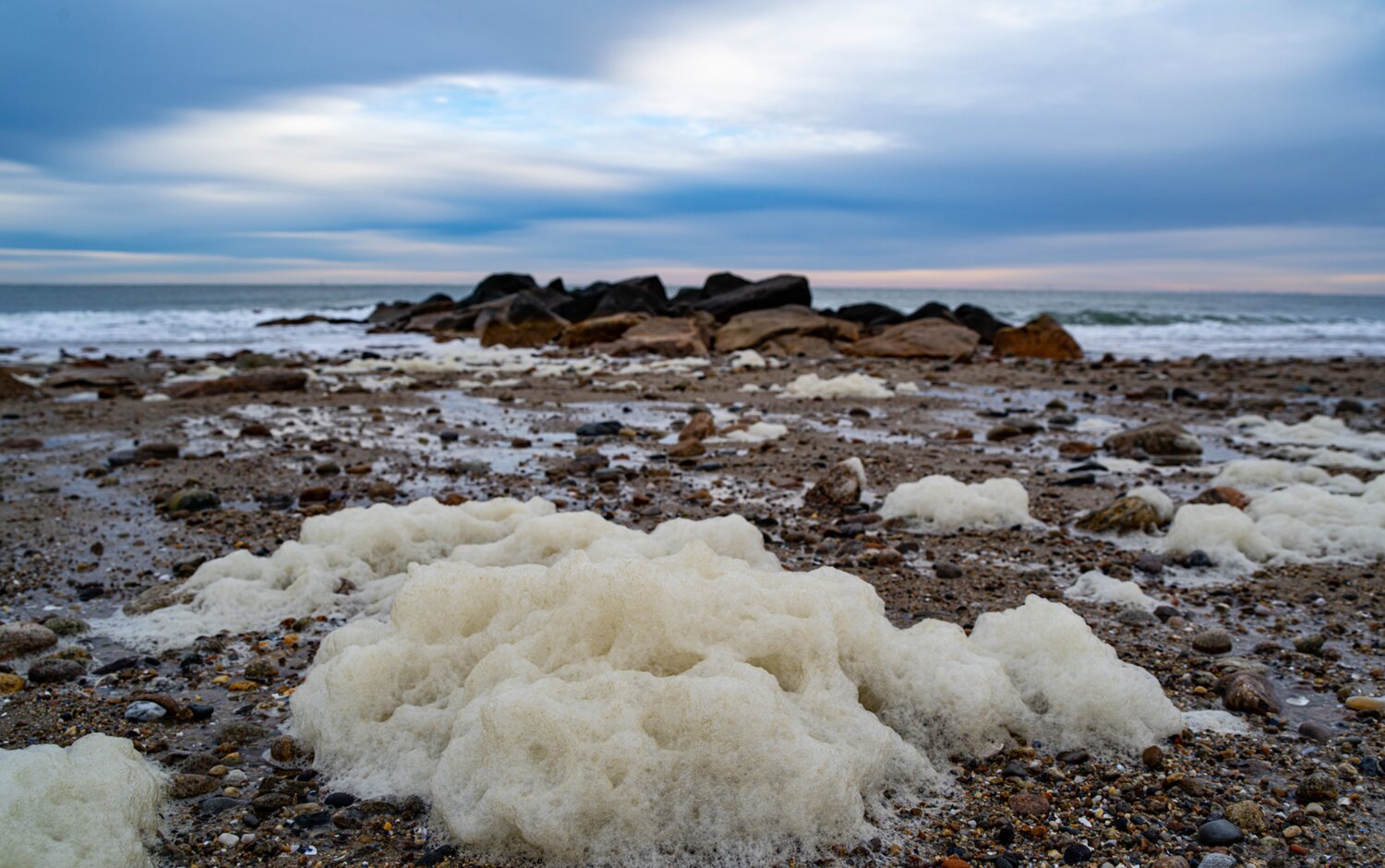Letter: What's the deal with sea foam, anyway?
If you take a close look at a glass of seawater or even Westport River water, you will find it is full of tiny particles. Seawater isn't just plain water; it contains dissolved salts, proteins, fats, …
This item is available in full to subscribers.
Please log in to continue |
Register to post eventsIf you'd like to post an event to our calendar, you can create a free account by clicking here. Note that free accounts do not have access to our subscriber-only content. |
Day pass subscribers
Are you a day pass subscriber who needs to log in? Click here to continue.
Letter: What's the deal with sea foam, anyway?
If you take a close look at a glass of seawater or even Westport River water, you will find it is full of tiny particles. Seawater isn't just plain water; it contains dissolved salts, proteins, fats, dead algae, and other bits and pieces of stuff. If you shake this glass of ocean water really hard, you will see small bubbles forming on the surface of the liquid.
Imagine these bubbles, but on a much bigger scale — that's how sea foam, and foam in the river is created when the water is stirred up by wind and waves. Different coastal areas have unique conditions that affect how sea foam forms. It is a natural happening in the ocean, creating a sometimes white, frothy substance that floats on the water's surface and gathers along the shores. This process is found in many parts of the world and continues to interest people today.
One common cause of thick sea foams is algal blooms. When large groups of algae break down far from the shore, a bunch of decaying algal matter often ends up on the beach. Foam appears as this organic matter gets mixed up by the waves. According to scientists, for foam to form, you need air, water, and a "surfactant" — a special molecule that sticks to the surface between water and air. Surfactants can come from various sources, including human-made ones like fertilizers, detergents, and sewage. But they also come from proteins and fats in algae, seaweed, and other marine plant life.
There are many types of surfactant molecules, but they all share a common trait: one end of the molecule likes water, while the other end does not. When a bunch of surfactant molecules mix with lots of water and air, they all want to line up at the boundary. They form a thin layer of water in the shape of a sphere — a bubble. When many bubbles are packed together, foamy bubbles are not perfect spheres, but the basic idea is the same. It's all about the surfactant.
Most sea foam is harmless to humans and actually shows that the ocean ecosystem is thriving. However, when big harmful algal blooms break down near the shore, there can be potential impacts on human health and the environment.
Roberta Carvalho
Westport
Carvalho is science director for the Westport River Watershed Alliance.






